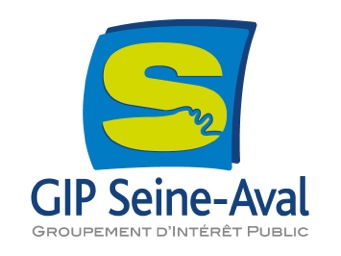Since 1995, the Seine-Aval research program has acquired an extensive scientific knowledge on the environmental functioning of the Seine estuary, from the Poses dam to the sea. When it was created in 2004, the GIP Seine-Aval was designed to manage the project to improve the knowledge base structure . It makes it possible to capitalize and disseminate by synthetic publications or expertise the results of the research to the actors of the estuary.
The priority areas of research evolve by major phases. They reflect the needs of GIP members, but also the research issues driven by the scientific community invested on the estuaries. Projects are selected via calls for projects or co-constructed with the scientific teams.
The major questioning currently investigated is : "how to rehabilitate the ecological functioning of a large anthropized estuary?"
The current phases aims to provide useful knowledge to:
- Anticipate the evolution of the major characteristics of the estuary: water level, morphology, habitat dynamics.
- Evaluate the ecosystem risks associated with multi-contamination and prioritize current or emerging issues.
- Define the objectives of ecological rehabilitation of the estuary in order to limit the problems related to coastal eutrophication, to favor the purifying role and the trophic role of the estuary, to maintain or restore the biological populations.
- Associate a plurality of actors and take into account territories that influence the estuary for a more integrated management.
- Improve strategies for monitoring estuarine dynamics and the state of environmental health
Phases 1,2 et 3 (1995-2006) Phase 4 (2007-2012) Phase 5 (2013-2017) Phase 6 (2017-2020)

